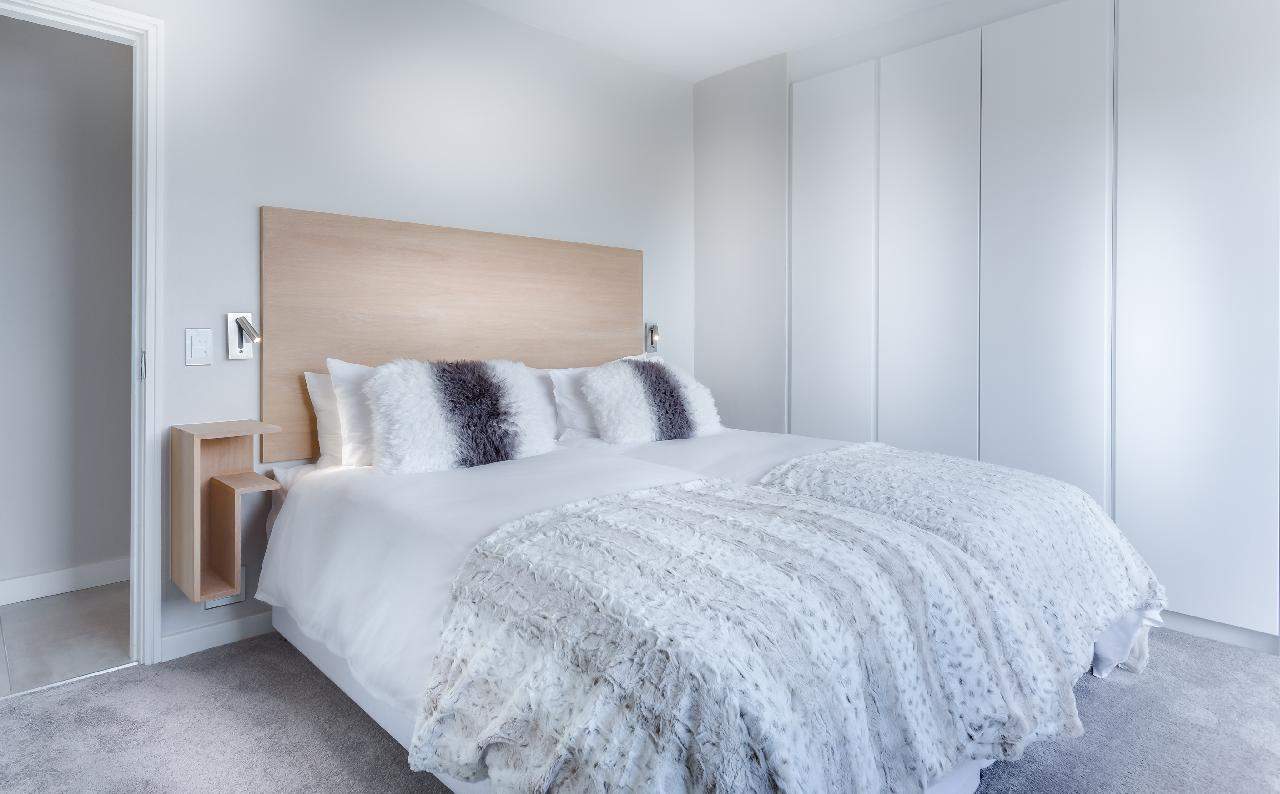The world of construction is about to get a whole lot greener, and I’m not just talking about painting everything moss green (although, let’s be honest, that would be pretty cool). No, what I’m referring to is the rise of sustainable building materials—the unsung heroes of the eco-friendly revolution. These materials aren’t just eco-conscious; they’re game-changers. Imagine buildings made from mushrooms, walls constructed from recycled jeans, and floors that could rival the durability of Wonder Woman’s Lasso of Truth. Sounds crazy? Trust me, it’s not. These materials are real, and they’re here to transform the way we build forever.
The construction industry has long been a culprit of environmental damage, but with the advent of these secret sustainable building materials, we’re finally seeing a shift. gone are the days of relying solely on concrete and steel—materials that are about as eco-friendly as a chain-smoking polar bear. Instead, we’re stepping into an era of creativity and innovation, where the boundaries between nature and nurture are blurring in the most exciting ways.
Table of Contents
-
- Cross-Laminated Timber (CLT)
- Recycled Steel
- Bamboo
- HempCrete
- Mycelium (Mushroom-Based Materials)
- Recycled Denim Insulation
- Low-Carbon Concrete
- Reclaimed Wood
- Straw Bales
- Graphene-Enhanced Materials
What Are These Secret Materials? Let’s Dive In!
1. Cross-Laminated Timber (CLT)
We’re starting strong with one of my personal favorites: Cross-Laminated Timber (CLT). This super-sophisticated wood product is made by layering wooden planks at right angles, creating a material that’s stronger than steel and more eco-friendly than a vegan tofu burger. CLT is lightweight, durable, and has a carbon footprint so small it makes a hobbit’s ecological impact look massive.
2. Recycled Steel
Steel is great, but steel made from scrap metal? Even better! Recycled steel uses 60% less energy to produce than virgin steel, and it’s just as strong. Imagine a skyscraper made from old car parts. It’s like upcycling on steroids—and who doesn’t love a good upcycle?
3. Bamboo
Bamboo is often called the “miracle plant,” and for good reason. It grows faster than a teenager’s Instagram following, is stronger than oak, and is 100% biodegradable. So, the next time you’re building a house, skip the slow-growing trees and go for bamboo. Your great-great-grandkids will thank you.
4. HempCrete
Yes, you read that right—HempCrete. This revolutionary material is made from hemp fibers mixed with lime, creating a building material that’s lightweight, insulating, and carbon-negative. So, not only is your house made of hemp, but it’s also helping to fight climate change. Talk about a win-win!
5. Mycelium (Mushroom-Based Materials)
Here’s where things get really fun: mycelium, or mushroom roots. By combining mycelium with agricultural waste, you get a material that’s fire-resistant, insulating, and 100% biodegradable. Imagine growing your own house—it’s like something out of Fairy Tales but with better Wi-Fi.
6. Recycled Denim Insulation
Who knew that your old, ripped jeans could be transformed into something more useful than a DIY quilt? Recycled denim insulation is made from shredded jeans and is not only eco-friendly but also has amazing thermal properties. So, the next time you’re tempted to throw away those bell-bottoms, remember: they could be keeping someone warm.
7. Low-Carbon Concrete
Ah, concrete—the ultimate building material. But let’s face it, it’s also one of the most polluting. Enter low-carbon concrete, a game-changing alternative that reduces CO2 emissions by up to 70%. So, you can have your cake and eat it, too—or in this case, pour your foundation and save the planet.
8. Reclaimed Wood
There’s something poetic about using reclaimed wood—taking something old and giving it a new life. Whether it’s from an abandoned barn or a retired shipping container, reclaimed wood is not only sustainable but also adds a touch of history to your home.
9. Straw Bales
Remember the Three Little Pigs? Well, the third little pig was onto something with those straw bales. Today, straw bale construction is a thing, and it’s not just for fairy tales. Straw bales are a great insulator, completely biodegradable, and can even be used as a natural fire barrier. So, the next time a big bad wolf comes knocking, you’ll be ready.
10. Graphene-Enhanced Materials
Last but certainly not least, we have graphene-enhanced materials. Graphene is the thinnest, strongest material known to mankind, and when added to concrete or other building materials, it can increase strength and reduce the amount of material needed. It’s like adding a superhero cape to your building—everything’s better with a cape!
Backed by Science: The Data Behind Sustainable Building Materials
If you’re still not convinced, let’s look at the numbers. According to a 2023 report by the International Energy Agency (IEA), the construction industry accounts for nearly 40% of global CO2 emissions. But with the rise of sustainable building materials, that number is set to drop dramatically.
For instance, a study by the University of Cambridge found that using cross-laminated timber (CLT) in construction can reduce CO2 emissions by up to 75% compared to traditional methods. Similarly, a report by the National Renewable Energy Laboratory (NREL) revealed that buildings made with mycelium-based materials can reduce energy consumption by 50%.
| Material | Carbon Emissions Reduction | Energy Savings | Renewable Resource |
|---|---|---|---|
| Cross-Laminated Timber | Up to 75% | High | Yes |
| Recycled Steel | Up to 50% | Moderate | Yes |
| Mycelium | Up to 90% | High | Yes |
| HempCrete | Up to 80% | High | Yes |
| Reclaimed Wood | Up to 60% | Moderate | Yes |
Closing Thoughts: The Future of Building Is Here, and It’s Green
Let’s face it, the world of construction is anything but dull these days. From mushroom-based walls to floors made of recycled denim, the possibilities are endless. These sustainable building materials aren’t just a fad—they’re the future. And the best part? They’re not just for tree-hugging hippies or eco-warriors. They’re for anyone who cares about the planet, wants to save money on energy bills, and wouldn’t mind living in a house that’s cooler than a Bond villain’s lair.
So, the next time you’re planning a renovation or building a new home, don’t reach for the concrete. Reach for the mycelium. Trust me, the Earth—and your neighbors—will thank you.
And remember, when it comes to sustainable building materials, the surprises never end. So, keep your eyes open, your mind curious, and your Building Bible updated. After all, the next big thing in construction might just be something you never saw coming—like a house made of mushrooms or walls built from old jeans. Stranger things have happened, right?
Discover more from Futurist Architecture
Subscribe to get the latest posts sent to your email.



